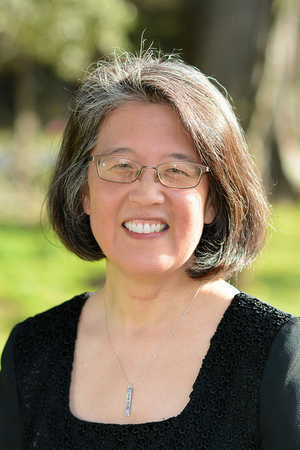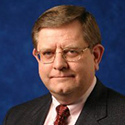By Jeff Brumley
The Barna Group’s recent report of a sharp increase in the nation’s post-Christian population this year came as no surprise to Joy Yee, senior pastor at Nineteenth Avenue Baptist Church in San Francisco.
Nor was she shocked by the Christian research organization’s ranking of the most post-Christian cities in America for 2015 — with her city sitting right at the top.
Yee said the survey’s reporting of dropping rates of institutional church involvement are right in line with her observations as a minister in a largely unchurched part of the country.

She said “there is also a general lack of priority given to institutional church commitment for various reasons that run the gamut from packed personal schedules to doubt in God to skepticism about the integrity of Christians.”
It’s likely the researchers at Barna wouldn’t be surprised to hear that, either.
“Whether one believes this decline of ‘Christian America’ calls for a time of lament, or presents great opportunity (or both) for the church, one cannot help but accept the changing landscape,” Barna said on its website. During the past two years, the percentage of Americans who qualify as ‘post-Christian’ rose by 7 percentage points — from 37 percent in 2013 to 44 percent in 2015, it reported.
“Across the United States, cities in every state are becoming more post-Christian — some at a faster rate than others,” Barna said.
To measure what it called “irreligion” in American cities, the organization said it analyzed 60,808 telephone and online interviews conducted over a seven-year period. The results were based on 15 metrics, including “Do not believe in God,” “Have not attended a Christian church” in the preceding 12 months and “Disagree that faith is important in their lives.”

As it was in 2013, the most religiously unaffiliated and unchurched cities are concentrated in New England, the Northeast and on the West Coast, Barna reported.
‘That scares church leaders’
For the most part, those who study these trends and coach churches through them said the Barna research offered no big surprises.
“It’s increasingly clear to me that the religious landscape and the church landscape in the United States is radically changing and it’s not going back to where it was,” said Eddie Hammett, a congregational consultant and president of Transforming Solutions in North Carolina.
The Barna report confirms the findings of other researchers on religious belief and church attendance among Americans, Hammett said. It also shows that it is happening at a greater pace than many congregations and ministers are willing to admit.

But there’s no denying that these trends must change the way Christians think about church as a weekly gathering place, he said. It’s also changing the way Christians teach the Bible and preach.
“That scares church leaders to death,” he said. “They don’t know what to do with it.”
But others are embracing it. They are creating church models based more on relationships than on worship times. Some are meeting in homes and restaurants while others are forming “ecumenical faith clubs” focusing on commonalities rather than on differences, Hammett said. “It’s going to be a growing phenomenon, I suspect.”
Considering the pre-Christians
It may also be more of an opportunity than a detriment, said George Bullard, a church consultant and strategic coordinator of the South Carolina-based Columbia Partnership.
While the trends identified in the Barna study can point to a post-Christian age, they can also point to a pre-Christian age, he said.
That also goes for many of the questions the Barna study used. For example, answering “no” to question 5 — “Have never made a commitment to Jesus” — doesn’t necessarily mean a rejection of Christ, Bullard said. It may mean they’ve never been asked to consider the idea.
So there may yet be opportunities for Christians to reach people, like those who were polled by Barna, with the gospel, Bullard said.

And that’s why churches should see this age of declining church attendance with some positivity.
“From a Christian perspective, we always ought to consider people as pre-Christian — that they have the potential to be pre-Christian,” he said.
The key to reaching those groups includes being outwardly focused as churches, according to Bullard.
“Outward focus is essential, intentionally inviting people to a Christ-centered, faith-based spiritual journey is essential,” he said.
‘Embracing the population’
That is the approach Nineteenth Avenue Baptist is taking in San Francisco, Yee said.
The church is a small, intergenerational congregation with few programs but a major focus on building genuine relationships in schools, workplaces, neighborhoods, homes and the church, she said. All are invited into the life of the community where faith journeys with Jesus Christ are shared.
The culture of the city is open to that approach.
“San Francisco has a great openness to spirituality and aspects of faith practice in areas of social justice, care for the environment, and diversity that are not always directly tied to the churches,” she said. “It is a city ‘with a conscience’ in its community living that often reflects some of what I understand God’s Spirit and purposes for creation to be.”
Nineteenth Avenue Baptist is open to engaging that culture.
“We are geared to embracing the population of [San Francisco] by simply seeking to be authentic, open, caring people of faith as we live here,” Yee said.
